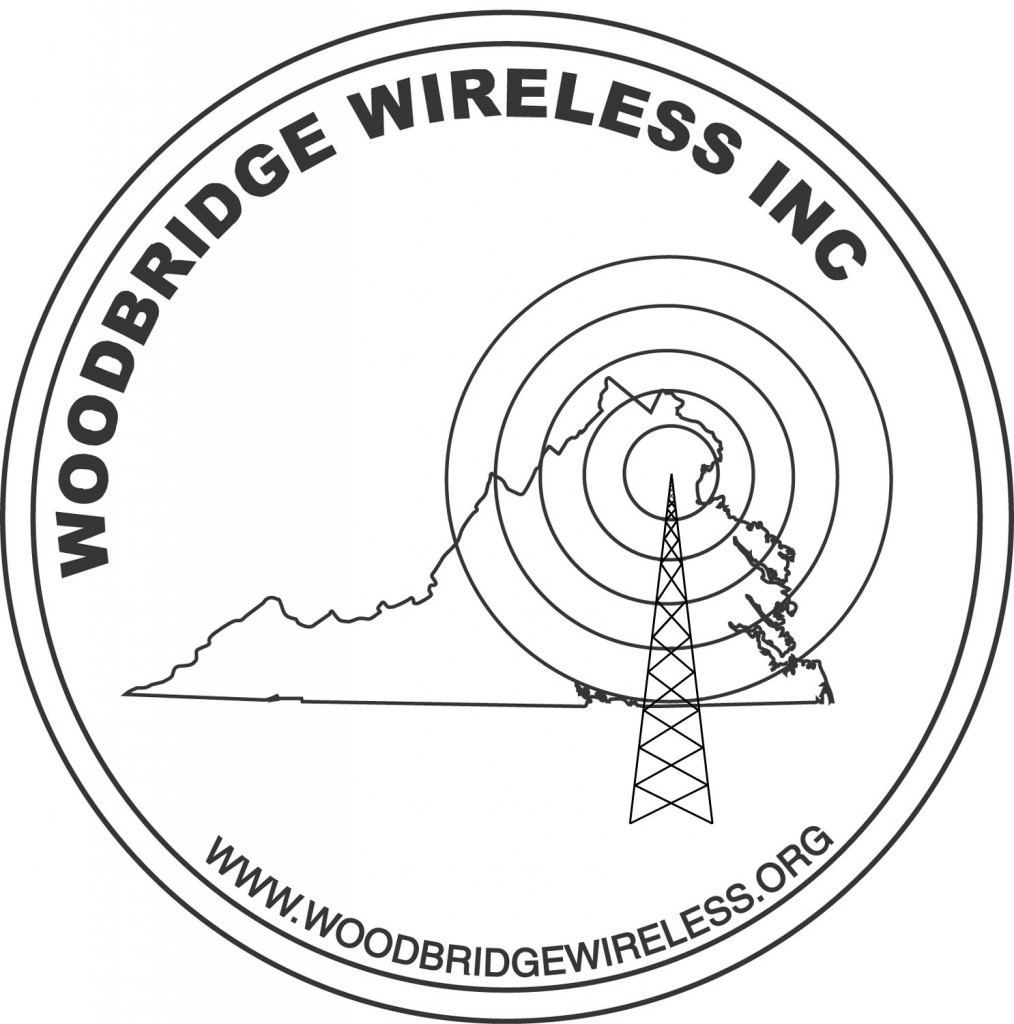Repeater Controller Features
WWI’s repeater controller is a Link Communications RLC-2a. Link purchased the assets of the company that built our previous 2 meter repeater controller, the Advanced Computer Concepts RC-85. ACC was the market leader in the ‘80s for repeater controllers, and now Link is filling that niche. The website has a lot of detailed information, including manuals in Adobe Acrobat format for those who are interested.
Our controller is microprocessor based and programmable. The controller is a perfect match for WWI in that it can control 3 repeaters and a weather alert receiver simultaneously. The RLC-2a controller allows all WWI repeaters to offer the full range of capabilities.
WWI’s club officers control access to the features offered by the controller. Some of these are only accessible by control operators, who are responsible for the operation of the repeater system on the behalf of our trustee. Other features are accessible by any member of WWI.
Here are the WWI repeater system features that are currently implemented:
Repeater Time Out Timers
Each transmission is monitored by the controller so that rebroadcast of a single input transmission can not exceed the FCC mandated maximum continuous length of 3 minutes. Also, on both the 147 and the 444 repeaters, there is a transmitter safety timer. Whenever a continuous transmitter key up time of 8 minutes is exceeded, the safety timer will drop the associated transmitter until the input signal disappears and a reset is received from the controller. On these two machines, please allow the repeater carrier to occasionally drop during conversations in order to reset this protective device.
Courteous Voice Messages
All of the voice messages generated by the controller are programmed to be courteous. This means that most voice messages are timed to begin when an input carrier to the repeater drops, commonly called the squelch tail period. However, if a carrier re-appears on the repeater input while a voice message is being generated, that message will immediately revert to a less obtrusive CW ID. This allows users to continue the conversation in progress without the inconvenience or delay of waiting until a voice message completes.
Repeater Linking
WWI’s control operators can invoke a command that connects each of our full duplex repeaters to each other. Then, an input signal on any repeater will be re-transmitted on all three outputs. Input signals capture the system on a first come, first served basis. This capability can be used for Monday Night Nets, Public Service Events, Emergency Operations or at any other time a control operator requests. You will know which input is being repeated by the distinctive courtesy beep that occurs when a transmission ends. A low-high tone sequence from the 147 MHz receiver, a high-low tone sequence from 224, and a single tone beep from the 444 receiver.
Weather Alert
A digital weather alert receiver is installed. This receiver decodes packet weather alerts from NOAA Weather Radio and rebroadcasts these warnings and watches over all the repeaters simultaneously. Whenever there is a weather alert, the initial alert will be transmitted, and then every 15 minutes during the alert period, there will be a reminder message broadcast. Weather alerts will take priority over any conversations that happen to be underway when the alert occurs. NOAA tests the system every Wednesday between the hours of 11 am and 12 noon, and the machines will broadcast these tests so that WWI repeater listeners can verify the operational status of this emergency system.
Time-of-Day
You can request the controller speak the time-of-day by keying T I me (key 8 then 4) from your touch-tone pad and then unkeying your transmitter.
Date
The date (day of week, month, day and year) can be requested by keying D A te (key 3 then 2).
Touch-tone Test
Your touch-tone pad can be tested by keying T ouch- T one (key 8 then 8) followed by any sequence of additional digits. The controller expects at least 1 additional digit but cannot accept more than 20 additional digits. The controller will then sequentially speak each of your key depressions. (One special key, called the Forced Execution Digit, the ‘D’ key, will not be spoken.) This test will not only check your keypad, but could be used to judge whether or not your signal is strong enough into the repeater to use the autopatch. In this case, incorrect spoken digit sequences compared to the keyed sequence might indicate that you have a noisy signal.
More capabilities will be added in the future. If there is demand, perhaps the ability to listen to NOAA Weather Radio on a user request basis can be added. Or, make cross-band repeater linking accessible. If you have a favorite feature, make sure it is known so that it can be evaluated.
Members of WWI have contributed an enormous amount of money and energy to build an absolutely first class installation. Enjoy the fruits of this effort!

